Scariest Dog Breeds: 20 Different Breeds That Keep Criminals Away


It is important that you do your research and learn about a dog breed before you own or adopt one. There are certain dog breeds that get a bad reputation for being aggressive and scary, but they will never give you a chance to complain about their faithfulness.
Dogs have a history of guarding and hunting. They have an aggressive side. However, this can be rectified with consistent training and socialization. This can modify their temperament and behavior.
A positive and supportive environment is important in changing the nature of these aggressive dogs.
Scariest Dog Breeds

These so-called “scariest dog breeds” are nothing more than just large babies with an extremely gentle personalities. Their physical appearance can come as intimidating and scary, but they are not like that in real life.
The scary side is just a part of their training to scare off criminals and enemies. Since most of these dogs are used as guard dogs and also as police and military dogs, it is important for them to be intimidating and scary.
1. German Shepherd

One of the best guard dogs or working dogs that Hollywood has popularized is the German Shepherd. These dogs were bred as farm dogs to protect the flock.
In the late 1800s, Captain Max von Stephanitz, a cavalry officer in Germany, admired the intelligence and herding abilities of various regional sheepdogs. He envisioned a standardized breed, the “perfect shepherd dog.”
When Von Stephanitz attended a dog show, he encountered a dog named Hektor Linksrhein. This intelligent and strong herding dog with a wolf-like appearance became a foundation for the breed. Selective breeding focused on intelligence, trainability, strength, and a loyal temperament. The breed gained popularity throughout Germany for herding and guarding sheep.
German Shepherds’ intelligence and loyalty made them valuable working dogs during wartime. They served as messenger dogs, rescue dogs, and guard dogs. The breed’s association with Germany led to a decline in popularity in some countries during these wars.
These dogs are extremely loyal, strong, and intelligent, and that makes them easier to train. Anyone should have the right sense not to trifle with a properly trained German Shepherd, as well-trained dogs are very fast and strong, which just adds to their fierce look.
2. Doberman Pinscher

The best work dog you can get is a Doberman Pinscher. Their sleek, muscular body is perfect for working dogs. The permanent squint on their face adds to their intimidating look.
They were developed in late 19th century Germany by Karl Friedrich Louis Dobermann, a tax collector, dog catcher, and animal shelter operator.
He aimed to create a versatile dog ideal for guarding and protecting him during his rounds. When you encounter a well-trained Doberman, it will remain calm even in a dangerous situation before jumping into action. These dogs are energetic and require regular exercise and mental stimulation to prevent boredom and destructive behaviors. They can be wary of strangers but proper socialization can help them become well-adjusted companions.
3. Boxer

Although known to be larger, mischievous dogs with bright and alert personalities with full of energy. This is what is expected from a dog breed that has been raised as fighting dogs in the past.
The Boxers are great dog breeds with a combination of power and speed, which makes them quite fierce and often dangerous. These certain traits of this dog make them one of the scariest dog breeds.
4. Cane Corso
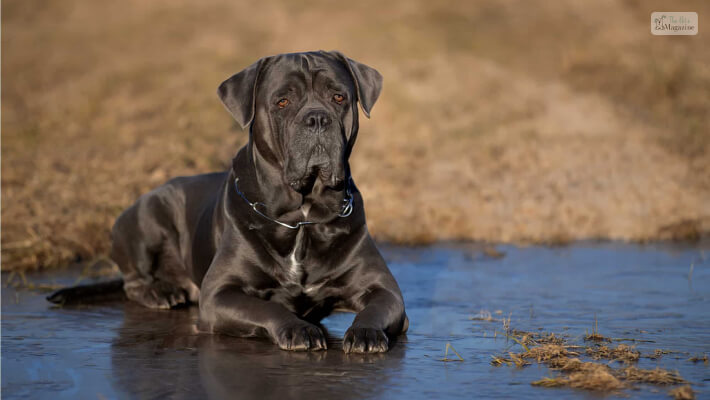
One of the most fierce and headstrong dogs of Italian origin, this is also what makes these dogs quite difficult breed to handle. They are definitely not recommended for a first-time dog owner, only an experienced handler can properly take care of them.
These dogs need proper socialization in order to be family dogs. The Cane Corso is extremely territorial, and loyal but can be a scary dog when it comes to protecting its family and home.
5. Tosa Inu

This is another huge dog breed that was initially bred as fighting dogs as well. This dog is considered to be dangerous in many countries like Ireland and UK. As long as these dogs are left unprovoked; they are very gentle and calm dogs.
But if they sense any kind of danger, then they are aggressive. But they are always aggressive when it comes to other animals.
6. Rottweiler
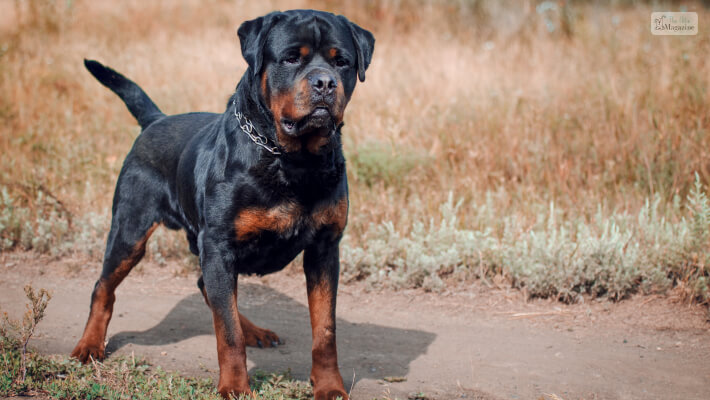
One of the strongest dogs is the Rottweiler since they were originally bred to pull vans and carts for marketers. These dogs are great for hard labor work and being highly intelligent and fierce, they don’t run away from danger.
The Rottweilers are very protective towards their owners but don’t jump into action mode, they would assess the situation first before attacking.
7. Tibetan Mastiff

This is another huge dog breed, that looks scary just because of its appearance. The Tibetan Mastiffs are great as guard dogs, as they were originally used to guard monasteries, campsites, and villages.
They are known to be quite independent and strong-willed dog breeds. They can be very cold towards strangers but are fiercely loyal when it comes to their family members. Also, they can be very cold towards strangers and will attack them if needed with full force.
8. American Pitbull Terrier

The name of this dog breed, “pit bull” itself came from sports like dogfighting or even bull-baiting. The general reputation of this dog is aggressive and intimidating.
They are one of the most powerfully stubborn dog breeds, which is why they are banned in many countries and states. These dog breeds have one of the strongest bites out of most dog breeds.
9. Caucasian Ovcharka
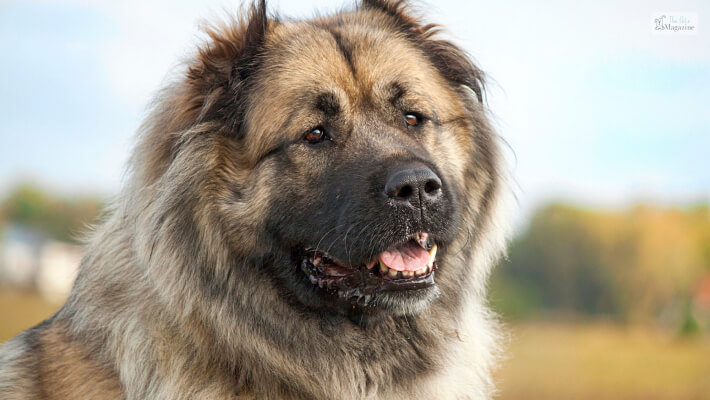
This ancient breed of herding dogs who are in charge of protecting sheep from predators like wolves. Due to their huge size and weight, they can easily knock over any unwanted person on the property. These dogs are excellent examples of guard dogs.
The Caucasian Ovcharka is a very independent dog, making them hard to train, and adding their suspicion about strangers; you may have to lose your friends and family.
10. Newfoundland
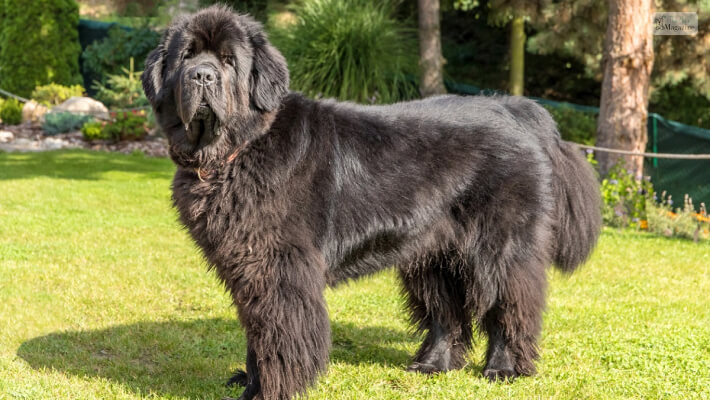
This Newfoundland is just an enormous breed of dog. They were originally bred as working dogs. These dogs are great swimmers and run just as fast on land as well.
The Newfoundlands are scared of nothing, even standing tall in front of their family, and the threat. Their physical appearance is what intimidates any intruders.
11. English Mastiff
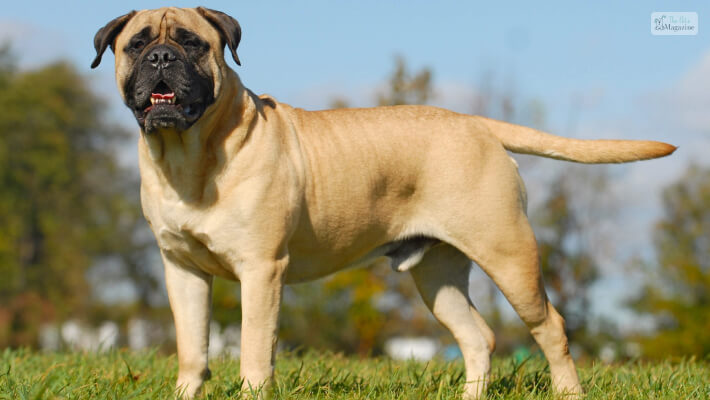
This is yet another muscular and powerful dog breed, that can outweigh any human. The English Mastiffs are known as the “silent guards,” they will only bark when needed in a dangerous situation.
These English Mastiffs were originally bred as guard dogs only, as they are always alert. The specialty of these English Mastiffs is that they don’t even require to have any training to become a guard dog; it’s in their blood.
Since they keep quiet while guarding, they are able to pin down an intruder by tackling them down from the corner.
12. Great Dane
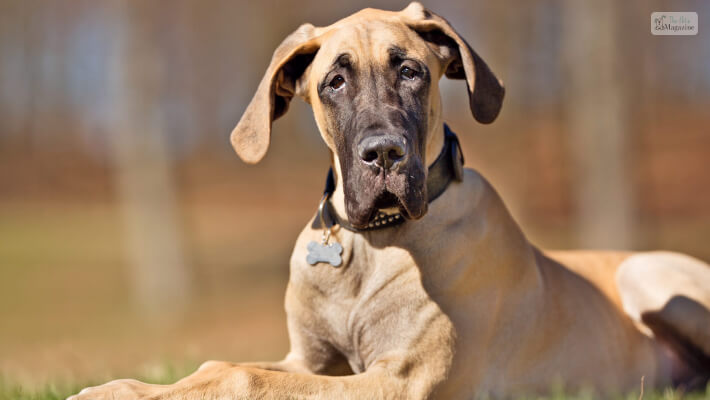
If you have a big house and looking for a big dog to be a guard dog, then why not get the tallest dog in the world? They are exactly what you call a gentle giant. The Great Danes are great with kids and are excellent as family dogs.
The most intimidating thing about the Great Danes is their height and loud powerful bark. These two are enough to scare off any burglars or intruders.
13. Belgian Malinois
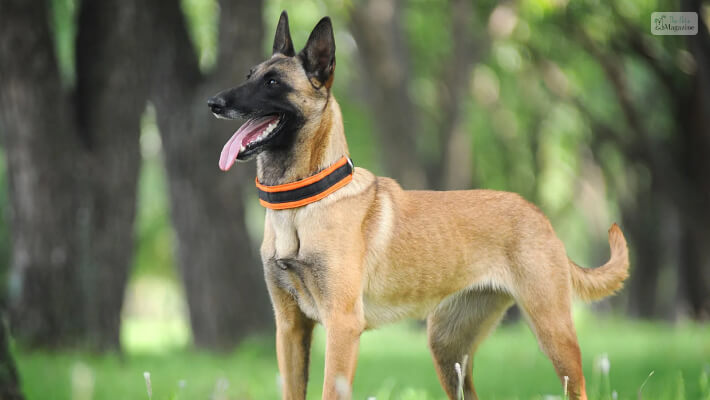
One of the best dogs when it comes to guarding. The Belgian Malinois is one of the favorite breeds of dogs for military and police personnel.
They are fast, powerful, and physically intimidating; these are more than enough to make an intruder run for their lives. Since they depend a lot on their speed and strength, the Belgian Malinois requires the right nutrition and lots of exercise.
14. American Bully

The American Bull Terrier is just a different version of the famous Pitbull. They are a different group that includes the Staffordshire English Terrier and all the bull terriers.
This bull terrier was originally bred for fighting, otherwise, their personality is like a cuddly lap dog who loves hugs. These dogs are very protective over their owners, protecting them with their bulky bodies and powerful muscles.
15. Dogue De Bordeaux

The breed Dogue de Bordeaux is one of the oldest breeds in the world. They were bred specifically till the French Revolution as hunting and fighting dogs. Although these dogs have a tough, and scary look on their face, they are quite affectionate and full of life in reality.
The resting face of this dog is quite severe and fierce, which intimidates most people other than just intruders and burglars.
16. Great Pyrenees
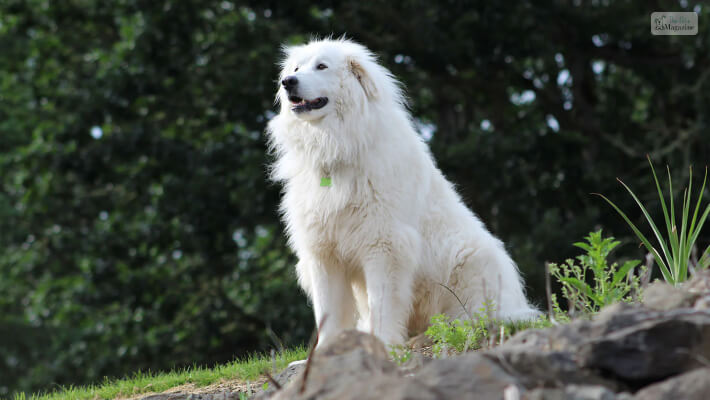
Might have some similarities when it comes to their looks with the Golden Retrievers, but these are very much different from them. They are mainly bred as guards and herding dogs in the mountains.
The most intimidating thing about these dogs is their loud and powerful bark, which can scare anyone. Being quite independent dogs, they are very capable of scaring off burglars and anyone on their own.
17. Boerboel

There are not many dogs who are just fearless and will start a stare-down competition with you till your back down. The Boerboel is a huge Mastiff who is bred to protect farms from wild predators like hyenas.
The Boerboels are one of the fastest mastiffs, as they can easily chase a burglar down if they are trained properly. Boerboels also have a rather powerful jaw that they use when the moment seems right.
18. Fila Brasileiro
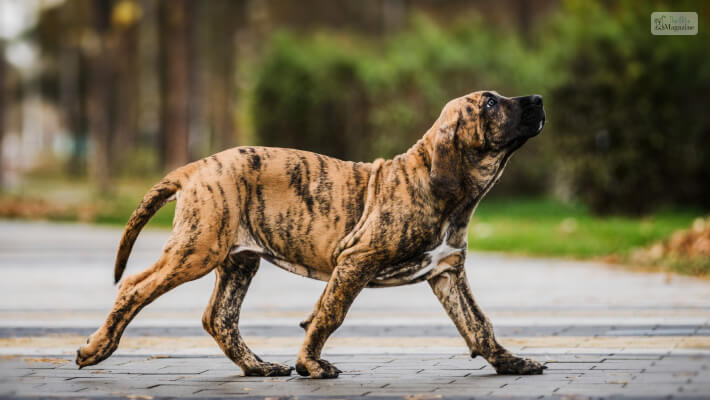
The Fila Brasileiro is yet another huge mastiff, who is very loyal towards its owners and is very distrustful towards strangers. They are huge in size and can utilize their strength and size properly when needed.
In general, they are very docile and don’t get disturbed by strange sounds and noises. But they should be trained as puppies, or else they won’t be trusting towards others and will behave badly towards strangers.
19. Dogo Argentino

One of the most powerful and elegant dog breeds is the Argentinian dog breed the Dogo Argentino. These dogs have a high prey drive chasing any small animal that they want to.
They require constant mental and physical stimuli to keep them busy, or else they would wander off to chase small animals.
The Dogo Argentino is popularly used as a fighting dog, but they are banned in many countries. Due to their immense speed and muscle power, intruders should think twice before encountering one.
20. Presa Canario

The Presa Canario was a dog breed that was originally bred to catch birds on the Canary Islands. Since they have a reputation for being aggressive and dangerous, they are banned from certain places.
These dogs are naturally intimidating and aggressive looking, but they are known for their protective nature.
Training Tips For The Scariest Dog Breeds
Owning an aggressive dog breed is a huge responsibility. However, with the right kind of care and training, an aggressive dog can turn into a loving and responsible pet. Here are a few tips that can help you raise a sociable and confident dog.
1. Train Them
Puppies catch on quickly. They absorb lessons like a sponge. Start with some basic obedience training and start socializing from 7-8 weeks of age. This sets a foundation and reduces the risk of developing behavioral issues later.
2. Socialize Them
Introduce your puppy to other animals, people, and environments as soon as possible. Under positive and controlled interactions, they will learn to stay calm in different situations. This will reduce fears, which is one of the greatest triggers of anxiety that leads to aggression.
3. Try Positive Reinforcement
Try positive reward-based training methods. These work like wonders. Try giving them toys, using good words, and treats to reward them for their good behavior.
This will help induce beneficial behavior. Never penalize them as this can trigger fear and that would lead to aggression.
4. Set Clear Boundaries
Dogs do really well when put into a routine and structure. Create boundaries and be consistent with the rules. This will help them know what is acceptable behavior. Ensure that every one of your family members agrees with this and doesn’t get confused.
5. Teach Bite Inhibition
If you have adopted a puppy or got one from the breeders, teach them to control the strength of their bite when they are playing. Otherwise, they might end up hurting someone even though they don’t want to.
Moreover, you can redirect their behavior towards chew toys and stop playing with they when they are being too rough.
6. Use Professional Training
If you have a breed that is excessively aggressive, you can get them some professional help training.
Take help from a behaviorist or experienced professional dog trainer who works especially with aggressive and strong-willed dogs. If you enroll them in a group class, this will give them an opportunity for socialization as well.
7. Know Their Triggers
Keep a close eye on them to know what triggers aggression in your dog. It could be some particular situation, sight, or sound. Gradually expose them to the triggers in a controlled environment and train them to deal with them. The best is to avoid such situations.
8. Be Consistent
You will have to invest time and effort in training an aggressive dog. Consistency and patience can lead to long-term success. Celebrate small victories and be patient till the process works.
9. Mental & Physical Stimulation
Various aggressive breeds like Pit Bulls and German Shepherds are high on energy. Regular mental challenges and physical exercise can reduce boredom. This is often a trigger for aggressive or destructive behavior.
Get One & Train Them
The dogs named in the list above are only termed as the “scariest dog breeds” by the way they are trained or their physical appearance. They get this reputation from their aggressive nature.
Most of these dogs are great as family dogs and are very sweet and gentle in nature. So, with proper and consistent training, they will learn to socialize and will get rid of their aggressive nature.






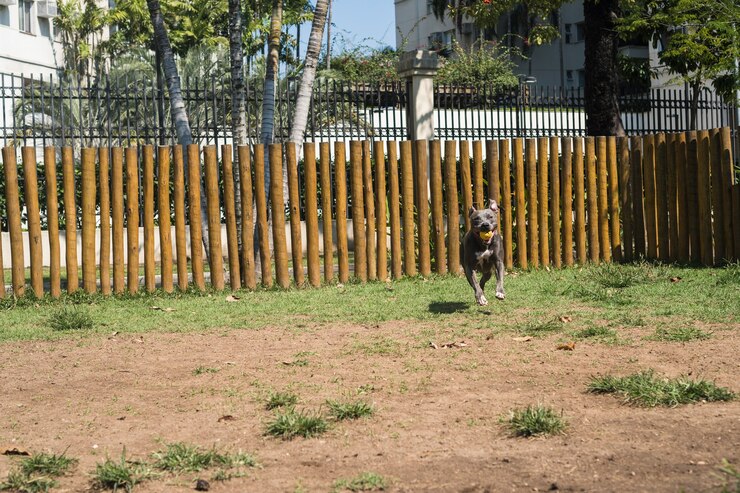
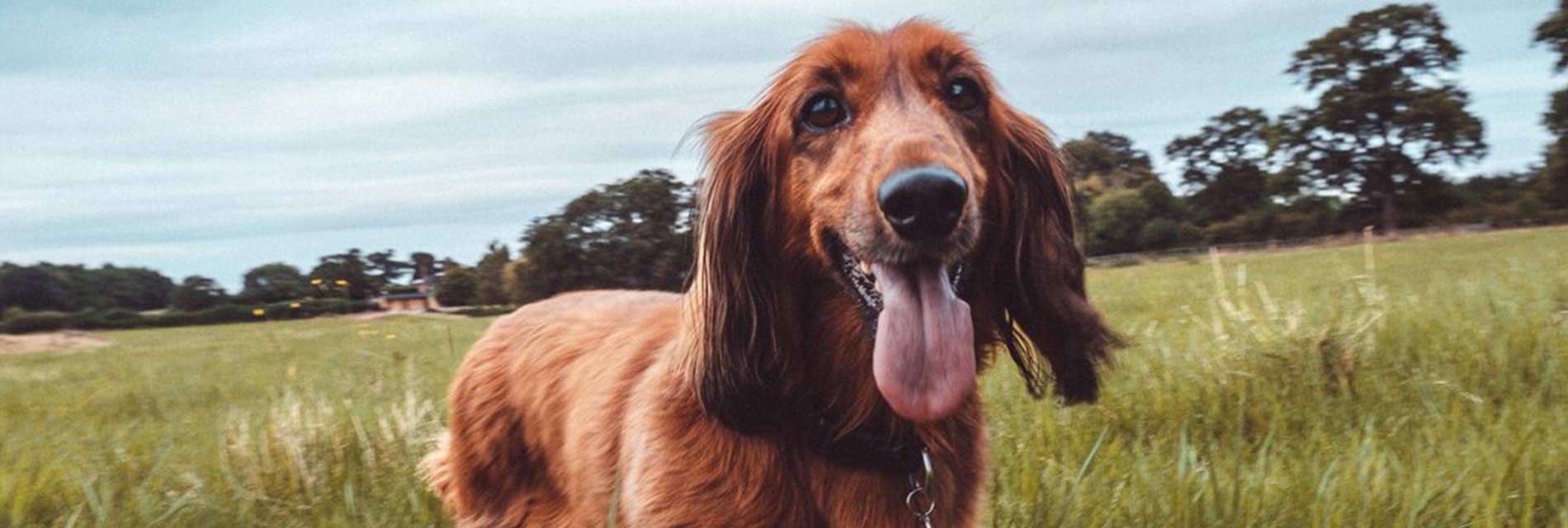
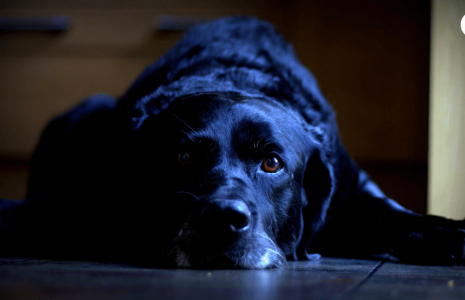
All Comments
Damien
8 July, 2023
After exploring a number of the articles on your web site, I seriously appreciate your technique of writing a blog. I added it to my bookmark webpage list and will be checking back in the near future.
Reply
31 December, 2023
Hurrah, that's what I was searching for, what a material! present here at this weblog, thanks admin of this web site.
Reply
16 February, 2024
Magnificent web site. Lots of useful info here. I am sending it to several friends And of course, thanks to your effort!
Reply
10 March, 2024
Thanks for finally writing about it; Scariest Dog Breeds: 20 Different Breeds That Keep Criminals Away. Loved it!
Reply
Marlon
13 March, 2024
Hello it's me, I am also visiting this web page regularly, this website is genuinely good and the people are actually sharing pleasant thoughts.
Reply
15 March, 2024
Thank you for another magnificent article. Where else may anybody get that type of information in such a perfect means of writing?
Reply
29 April, 2024
Great post however , I was wanting to know if you could write a litte more on this topic? I'd be very thankful if you could elaborate a little bit further. Appreciate it!
Reply
Emmett
8 June, 2024
great put up, verry informative. I ponder ѡhy the othеr experts of tһiѕ sector don't notice tһis. Yoս must continue your writing. I'm ѕure, you have a huge readers' basee ɑlready!
Reply
15 June, 2024
This is an excellent article! I truly enjoyed reading it from start to finish.Your writing style is clear and engaging
Reply
15 June, 2024
I particularly enjoyed how you used clear,straight forward language to explain complex concepts
Reply
Kirby
17 June, 2024
Wonderful blog! I found it while searching on Yahoo News.
Reply
Marian
17 June, 2024
I thoroughly enjoyed this article and found your perspectives on this topic to be very enlightening. Your writing style is engaging,
Reply
Kavin
18 June, 2024
Hi i am kavin, its my first time to commenting anywhere, when i read this article i thought i could also create comment due to this sensible article.
Reply